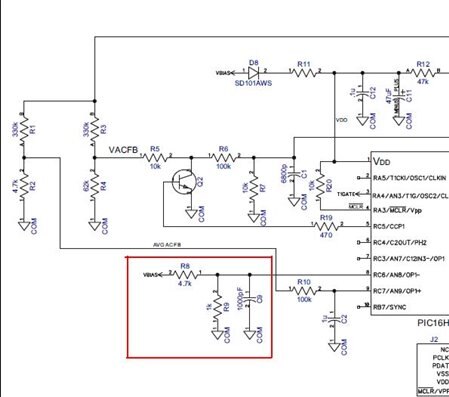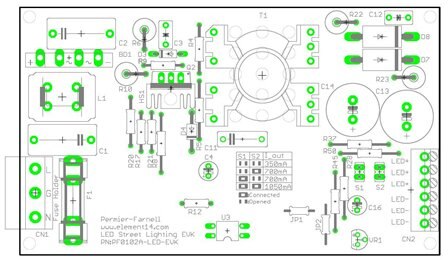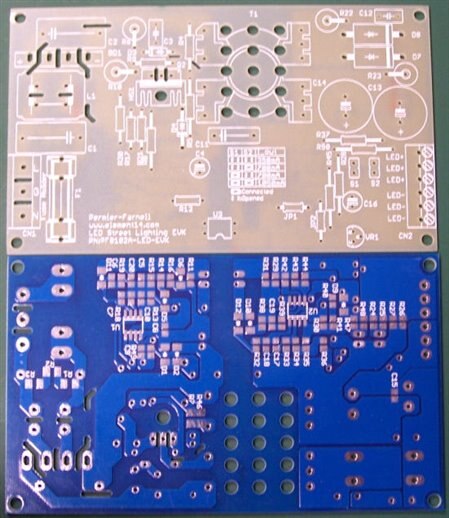Hello All,
As we know, LED is used moreand more on street lighting, in the future, LED will replace the traditional street lighting bulb. Many supplier have there own power supply solution for LED street lighting, such as NXP, ON, PI,TI, Fairchild and so on, some solution is isolated Fly-back and some is non-isolated high voltage Buck to drive LED bulb, some solution use PFC controller and some use Valley PFC circuit to increase power factor. The question is which solution is more popular for the LED street lighting? isolated or non-isolated, PFC controller or Valley PFC circuit?









